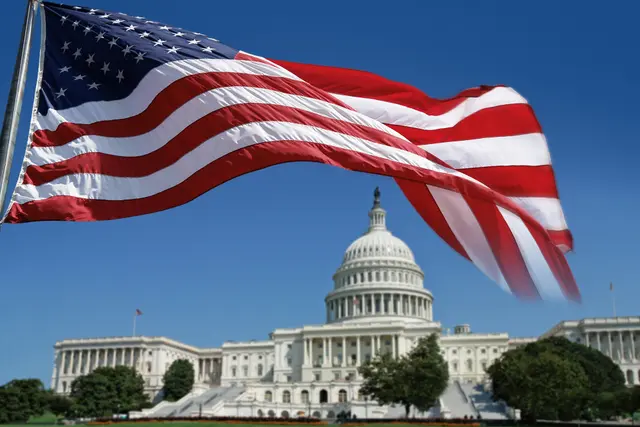On May 12, 2025, the Administration agreed to lower reciprocal tariffs imposed on products of China under the International Emergency Economic Powers Act (IEEPA) for 90 days to allow for further negotiations between the two countries on a formal trade deal.
The 90-day suspension reduces the 125% reciprocal tariffs imposed on April 10, 2025, on goods imported from China down to 10%. With this reduction, the baseline reciprocal tariff on goods imported from China will now be at the same reciprocal tariff rate applicable to essentially all other countries.
This 90-day pause became effective on May 14, 2025, and is anticipated to last until August 12, 2025. Following the end of the 90-day period, assuming the U.S. and China do not reach an agreement, the reciprocal tariffs are expected to increase from 10% to 34%.
It is important to note that this pause does not affect the other tariffs that are currently imposed against Chinese imports, including the 20% IEEPA-Fentanyl tariffs imposed on products of China in February and March 2025, as well as any applicable Section 301 tariffs imposed during the first Trump Administration, antidumping/countervailing duties, and general duty rates. For example, an item from China subject to 25% Section 301 tariffs would now be subject to a 55% rate taking into account the additional IEEPA-Fentanyl (20%) and reciprocal (10%) tariffs, plus any general duty rate. However, for Chinese imports subject to Sec. 232 duties for steel and aluminum products and their derivatives and automobiles and their parts, importers should carefully review Executive Order 14289’s “unstacking” provisions.




/Passle/6759c8e90870a6db06cc00e2/SearchServiceImages/2025-10-27-19-12-36-841-68ffc424d509f987f3eeb2a5.jpg)
/Passle/6759c8e90870a6db06cc00e2/SearchServiceImages/2025-10-27-19-16-57-184-68ffc529d509f987f3eeb6c9.jpg)
/Passle/6759c8e90870a6db06cc00e2/SearchServiceImages/2025-10-27-19-04-03-795-68ffc223186d67c4aefc2c32.jpg)
/Passle/6759c8e90870a6db06cc00e2/SearchServiceImages/2025-08-22-18-18-31-194-68a8b477015d03fecb5fdbc8.jpg)